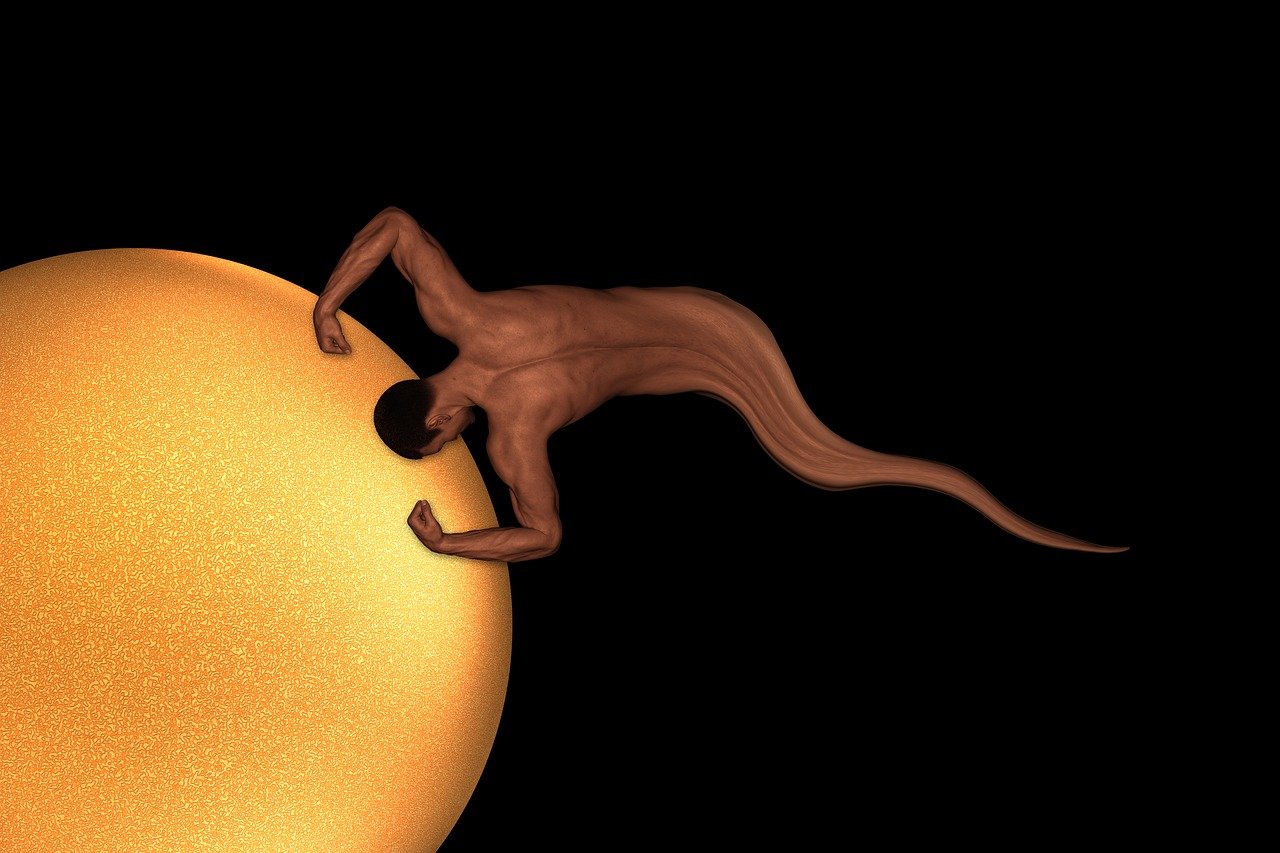
Image by Gerd Altmann from Pixabay
Impotence is a debilitating disease, a sexual abnormality that has plagued man for centuries. The issue of sexual dysfunction has been debated in every era with the same attitude and importance.
Potency historically was linked to manliness, maturity, and social dominance and the absence of it threatened gender identity.
An erect penis that responded to erotic stimuli was a symbol of power, virility, and a life-force, and a non-responsive flaccid one was attributed to weakness, effeminacy, homosexuality, etc.
There were experts on erection, masturbation, penetration, and ejaculation offering all kinds of cures, both natural and supernatural. The Greek philosopher Plato described the penis as disobedient and self-willed and a creature that is deaf to reason.
Impotence and erectile dysfunction were ailments that had its roots in religious and supernatural etiologies. It is one disease that brought tragedy to the sufferer and laughter to many.
Impotence cures came in bizarre ways and often carried an association with magic and superstition — it varied from prayers, the touch of a woman’s hand, eating lizard flesh, amulets, eating animal genitalia, etc.
From the east to the west there were numerous weird cures offered by fascinating characters that evolved over time and have brought us to finally treating this disease successfully.
A lot has happened over the years and the purpose of this article is to highlight a few of the important developments.
Ayurveda for Erectile Dysfunction
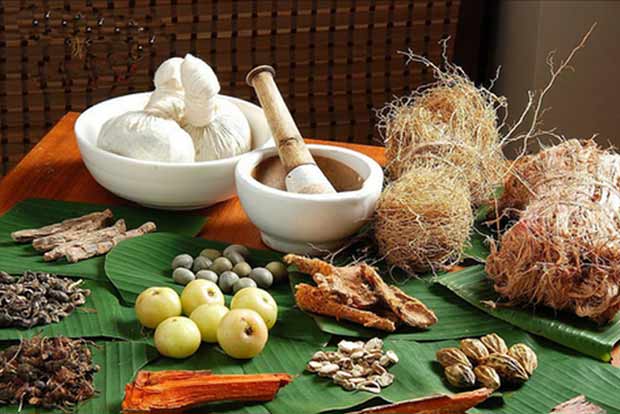
Ayurveda Representative image
The oldest reference of impotence came from India in the 8th Century BC, through the Sushruta Samhita, the ancient text on medicine and surgery. Plants were the main source of drugs in Indian medicine.
Ayurveda, the oldest Indian medical system, uses the principles of nature to treat and maintain health. It is important to have a proper diet, sleep, and sex for one to have a healthy life.
Vajikaran Chikitsa (meaning horse’s vigor in Sanskrit) is prescribed for erectile dysfunction. Some of the formulations include Vrihani Gutika, Vrishya Gutika, and Vajikarnam Ghritam.
Traditional Chinese Medicine for Erectile Dysfunction
Ancient Chinese philosophy or Dau (Tao) philosophy describes Yin and Yang as two opposite yet complementary forces.
The imbalance between the two forces over a period of time and the influence of the 5 elements -water, fire, metal, wood, and earth on the organs of the human body is what causes disease.
The ultimate goal of any Traditional Chinese Medicine (TCM) is to restore the balance between Yin and Yang.
Yin and Yang
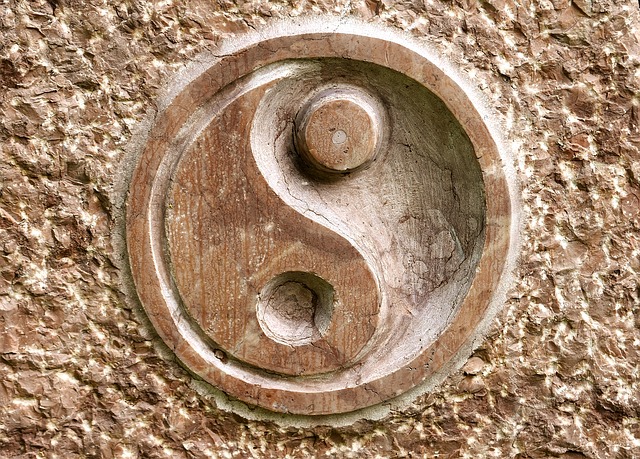
Image by Alexas_Fotos from Pixabay
Yin is feminine, Yang masculine. In the penis, flaccidity is Yin and erection, Yang.
According to TCM, Qi (pronounced “chee”) is vital energy, and everything in the universe is made up of Qi.
A person with a balanced Qi has a healthy mind and a healthy body. Any imbalance results in illness and disease.
The fluids and blood in the human body are produced and distributed by it. Qi is involved in the body’s processes and circulates throughout the body.
The penis in a man is referred to as yin Qi. (Qi here is not the same that circulates in the body) Erectile dysfunction is a disease of the yin Qi.
According to TCM, the kidney and liver are related to erectile dysfunction and impotence. As humans age, the ‘essence jing’ (defined as essential Qi kidney energy) depletes and this is what causes impotence.
Essence Jing is what is responsible for genital development and sexual interest, therefore an increase or decrease of essential jing proportionately affects the sexual function of the organ.
The liver stores blood. But since essential Jing and blood belong to yin, the kidney and liver are considered as from one source. Therefore any weakness in one organ can cause an imbalance in the other.
If there is a pain in the testicles it can be addressed by increasing the circulation of Qi to bring a balance as stagnation of Qi causes pain. There are several options to treat erectile dysfunction which include herbal medicine, acupressure acupuncture, massage, etc.
The oldest Chinese text, Huang‐Ti Nei‐Ching (The Yellow Emperor’s Classic of Internal Medicine) is documentation of traditional Chinese medicine during the time of the Yellow Emperor’s (Huang‐Ti) rule from 2697 to 2595 BC.
An ancient textbook of TCM, Huang‐Ti Nei‐Ching (The Yellow Emperor’s Classic of Internal Medicine) that mentions a concocted potion that was created from 22 different ingredients to help the emperor have sexual intercourse with, 1,200 women.
Animal genitals were known to be used as a method of increasing potency. For example, many drank the blood of deers and ate their penises.
Acupressure and Acupuncture Treatment for Erectile Dysfunction
Acupressure and acupuncture are ancient methods in Traditional Chinese Medicine (TCM) practiced even today.
In fact, acupressure and acupuncture are the same as both rely on the principle of applying pressure on acupoints (cluster of pressure points) across the meridians. Meridians are the channels that are connected to different organs within the human body.
Qi circulates through these meridians. Acupressure is like acupuncture without the needles. It targets specific points on your body to release energy via the meridians and helps in healing.
In acupressure, applying pressure with a hand at specific acupoints or pressure of the thumbs on specific points to balance the flow of energy and “turn on” the body’s own self-healing mechanisms.
It is done by applying pressure firmly with a finger in a rotary movement, or an up-and-down movement. It can be done for several minutes at a time.
Click here to find more about The pressure points useful for the treatment of ED.
Acupuncture to Treat Erectile dysfunction
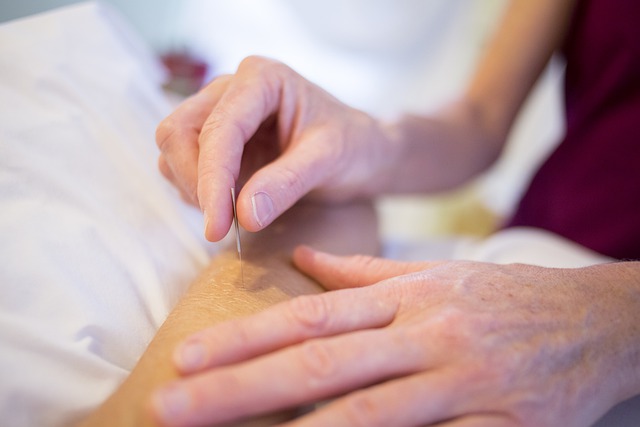
Image: Pixabay. For representational purpose only
Acupuncture is an ancient practice of TCM that works by stimulating certain specific points ( various meridian points) on the body by penetrating the skin with thin, solid needles.
The goal is to create or modify the flow of Qi (energy flow) and alter bodily functions to treat or prevent ailments and improve overall health. The objective is to restore the proper balance between yin and yang. In China, even today, it is the standard form of treatment alongside massage, acupressure, and herbal treatments.
The procedure is very elaborate. The practitioner thoroughly inspects the patient, learns about his problems, and then feels the pulse on each wrist to detect the problem.
This is called a pulse diagnosis. It is done using three fingers to feel the pulse on each wrist of the patient. There are 29 pulse characteristics in pulse diagnosis. A normal pulse indicates good Qi and blood. A pulse that is calm, regular, smooth, soft, but not too soft, or slow, is considered to be normal.
After the pulse diagnosis is done, the next step of treatment is inserting solid, hair-thin needles into acupoints at the skin and underlying tissues. In most cases, 6 to 10 needles are considered sufficient and the process takes 2 to 30 mins.
The number of treatments differs from person to person. For a simple problem, one session is sufficient and multiple sessions of the treatment are required for chronic conditions.
Although erectile dysfunction has been treated through acupuncture for hundreds of years scientific studies have failed to show if there are any beneficial effects of acupuncture therapy.
Impotence in Ancient Egypt
In 1600 BC, The Egyptian Papyrus Ebers, a medical Egyptian document, lists 811 prescriptions for various ailments, including impotence. One of the treatments according to the document is mixing baby crocodiles’ hearts with wood oil which is then used to apply on the penis to restore potency.
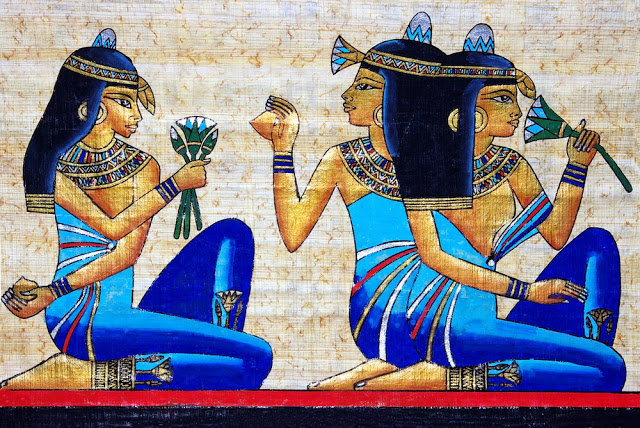
Nymphaea Caerulea or the Blue Water Lily
Ancient Egyptians were well acquainted with the clinical effects and efficacious properties of apomorphine containing plant Nymphaea caerulea (blue lotus) and N. ampla, which has a white flower. It had psychoactive effects and was used to treat erectile dysfunction and was similar to modern-day Viagra®.
Use of Aphrodisiacs
The word “aphrodisiac” is named after the Greek goddess of love, beauty, and desire -Aphrodite. (She was known as Venus to the Romans.)
Aphrodite’s origins are quite dramatic. The Titan Uranus was castrated by his own son Kronos with a sickle, casting his testicles into the sea. White foam was produced from which Aphrodite emerged. Born near Paphos on the island of Cyprus, Aphrodite had a much wider significance and was worshipped by men and women.
Aphrodite, the goddess of love and beauty was born of the foam, produced by the severed genitals of Uranus.
Fruits like carrots, asparagus, figs, and artichokes that bore resemblance to genitalia were also considered aphrodisiacs.
Eggs, beets, and fennel were also considered stimulants.
Lizard flesh, its feet, and its urine were potent aphrodisiacs for men.
Arugula was considered a potent aphrodisiac.
The highly toxic Spanish fly has been used in love potions.
A type of blister beetle, the emerald green insect was popularly crushed with herbs and made into tonics.
Cakes made from sweat, blood, and other bodily fluids, were offered to an intended lover hoping that it would make them fall in love.
Mashed worms, herbs, and bodily fluids were used to spread on the chest of the intended lover.
A Woman’s Hand to Cure Impotence
During the 1600s, the general view of the public and medical profession was that erectile dysfunction could be cured by the touch of a woman’s hand.
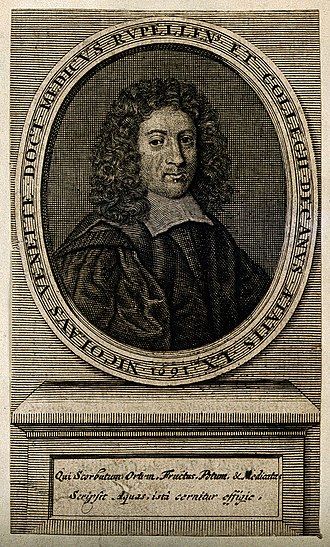
Nicolas Venette. Credit: Wellcome Library
Frenchman Nicholas Vennette (1633–1698), physician, sexologist, and French writer once said ‘If a woman’s hand, which is the best of all remedies, is not good enough to cure the flabbiness of a man’s penis, the other remedies will do little’
While many believed it was either the air or blood that resulted in an erection it was Constanzo Varolio in 1953 who described the basis for an erection.
He stated that the root of the penis was constricted by the ischio- and bulbocavernosus muscles and that venous return was cut off, the result being erection.
From this work came the concept that the perineal muscles were the so-called “muscles of erection.”
In 1668, Varolio’s theory received support from Regnier de Graaf from the Netherlands, who produced an erection in a cadaver by injecting water into the hypogastric artery(main artery of the pelvis).
All this led to a better understanding of the process of an erection and the start of surgical treatments to treat erectile dysfunction.
Treatment for Impotence in the Early 20th Century
Charles-Édouard Brown-Séquard (8 April 1817 – 2 April 1894) was a Mauritian physiologist and neurologist who at the age of 72 years tried to rejuvenate himself by injecting himself with extracts of monkey testes.
He also reported that the hypodermic injection of a fluid prepared from the testicles of guinea pigs and dogs lead to an increase in his physical and mental abilities. This led to research on sex hormones and androgen therapy.
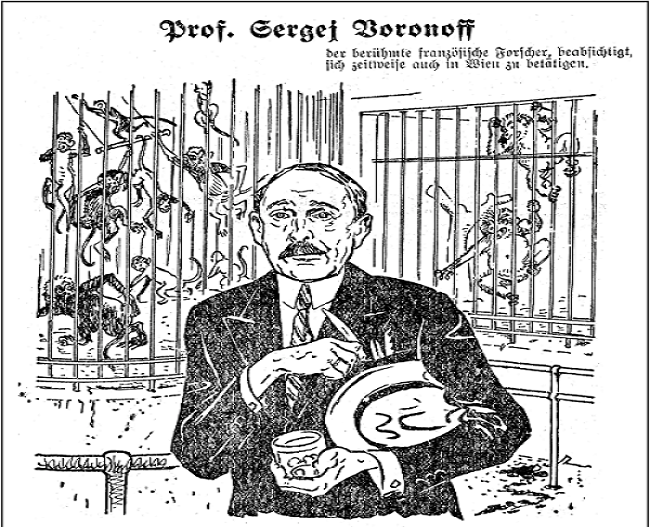
Illustration of Serge Voronoff. Photo: Wikimedia Commons
In 1918, Serge Voronoff (1866–1951), a Russian living in Paris, gained fame for his technique of grafting monkey testicle tissue on to the testicles of men which he said could restore youth to a man.
This led to several other surgeries for implantation of cadaveric tissue. Victor Lespinasse grafted slices of human testicles taken from fresh cadavers into the rectus muscle of impotent men.
Another physician Leo Stanley used the testicles of goats, rams, and boars. Stanley used executed prisoners as subjects for his treatments and even implanted ‘testicular substances’ from executed prisoners–and also goats–into San Quentin inmates.
Finally, in 1935, the search ended when a new hormone called ‘Testosterone'(male hormone) that was identified by three European scientists backed by the Organon Company, in the Netherlands.
Penile Implants for Erectile Dysfunction
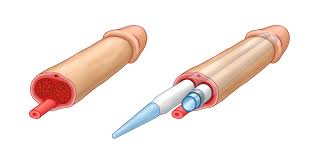
A diagram showing an inflatable penile implant inserted into corpus cavernosum of the penis. HovhannesKarapetyan
An old effective form of treatment using an artificial penis was used in the 16th century. But its use to treat erectile dysfunction began several centuries later. Ambroise Pare, a French surgeon set the record by making the first artificial penis using a wooden pipe for a patient to facilitate micturition (the process of urine excretion from the urinary bladder).
Nikolaj Bogoraz is known for engineering the first penile implant using rib cartilage that served the purpose of micturition and intercourse.
Then came the development of silicone rubber penile implants in the early 1700s. Dr. GE Beheri, an Egyptian surgeon, is credited with the first use of intracavernosal polyurethane rods placed within the tunica albuginea after dilation resulting in an erect penis. As the procedure was successful by 1966 Beheri performed 700 such procedures.
Next followed the inflatable implants that can be inflated to create an erection and then deflated at other times. This option is popularly used for the treatment of erectile dysfunction.
Vacuum Pump to Treat Impotence
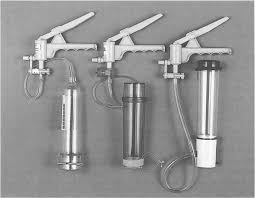
Vacuum Pump for ED
In the 1970s, Mr. Geddings Osbon a Pentecostal minister who experienced erectile dysfunction at the age of 60 designed a prototype vacuum device from tyre pumps.
He applied his skill in the automobile sector to medical procedures. It is from here a vacuum erection device to treat impotence came to be used and is still used today and is the result of the efforts of Mr.Osbon.
Penis Injections to Treat Impotence
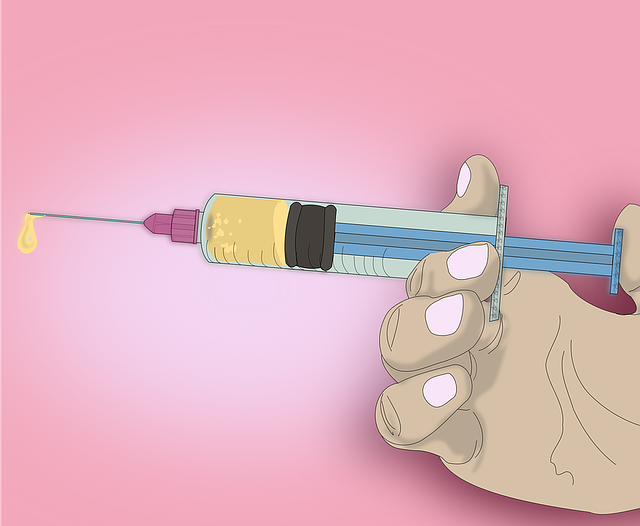
Penile injection. Representative image (Pixabay)
Ronald Virag, a French vascular surgeon, during a surgical procedure injected papverine (used in the 19th century to dilate blood vessels) and discovered intracavernosal therapy.
Dr. Giles Brindley another researcher pulled down his pants, self-injected, and demonstrated the efficacy of papverine injection with his own erection at the Urodynamics Society meeting in Las Vegas.
Today the intracavernous mini injection is considered the most efficient medical treatment for ED.
Viagra : The Little Blue Pill
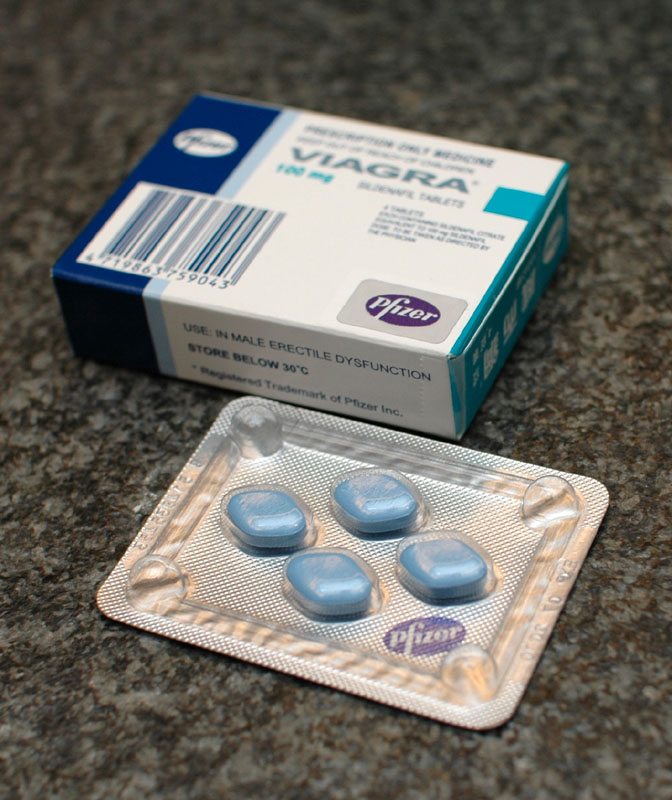
Viagra ‘ Blue pill’
The discovery of the blue pill was another accident. The sildenafil compound was originally developed by Pfizer for the treatment of cardiovascular problems like hypertension and angina. During the heart clinical trials, everything went fine except for one thing.
All men who participated in the trial were lying on their stomachs as they were embarrassed, they were getting erections.
The drug did the job of dilating the blood vessels, but in the penis, not in the heart. Sildenafil worked very well, but for the wrong part of the body.
This is how ‘ the blue pill’ was born. The drug which hit the market in 1998 is today used by millions across the world. The advantage lies in the ease of administration, efficacy, and positive results.
References:
Erectile dysfunction through the ages by J.Shah
Spanish fly, holy bread and mashed worms: history’s weirdest aphrodisiacs and love potions
The author acknowledges the use of authentic medical literature from reputed media to structure this article.
The contents of this article are not meant to be a substitute for medical advice, diagnosis, or treatment, and should not be construed or treated as such. Always seek the advice of your physician or another qualified health provider with any questions you may have regarding a medical condition. We make no representations, warranties, or guarantees, whether express or implied, that the content on our website is accurate, complete, or up to date.
Sign up for the QuackTrack.org newsletter below!













